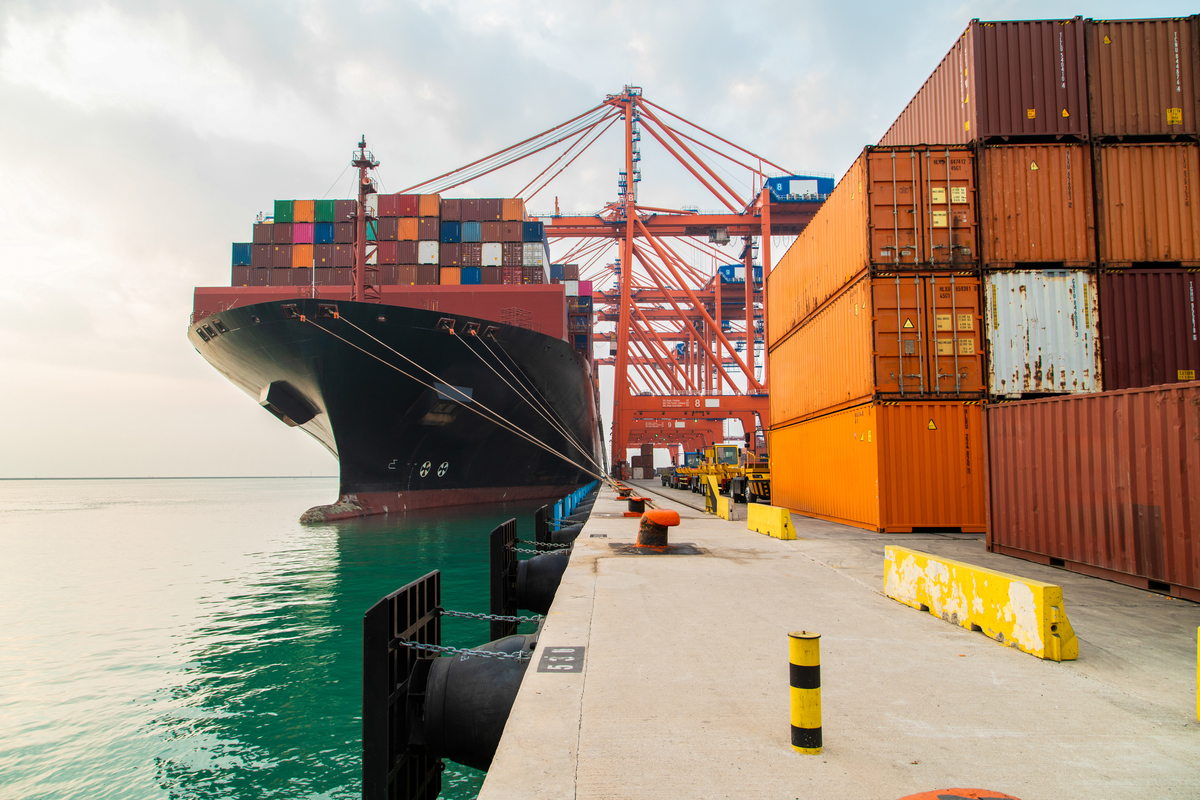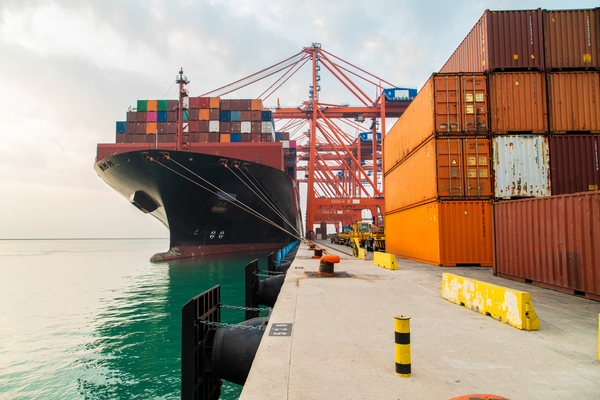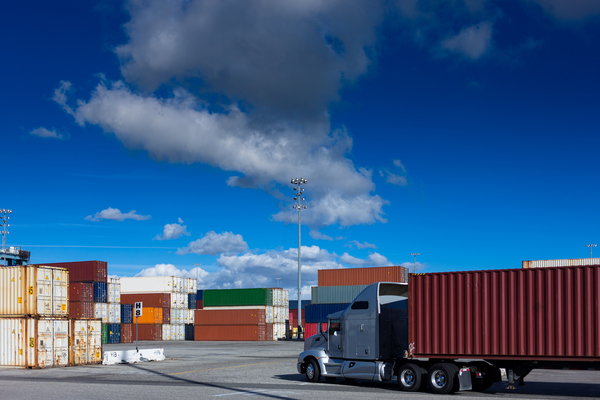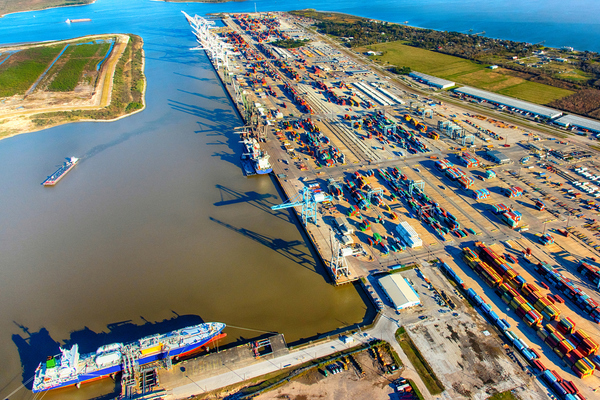Americas Fuel Availability Outlook 24 Apr 2025
Decline in vessels and imports in Los Angeles
Demand remains weak in Panama
Fuel availability in Brazil is steady
 IMAGE: Cargo container ship moored at harbor. Getty Images.
IMAGE: Cargo container ship moored at harbor. Getty Images.
North America
Houston is currently seeing strong demand, and both HSFO and VLSFO are readily available, with suppliers recommending lead times of around seven days. However, LSMGO supply remains tight through the end of the month, with lead times extending to 7-10 days.
Operations in the port are running smoothly, with occasional fog in the nights and early mornings.
"The weather has been favorable recently with no major disruptions," a source noted.
Demand has slightly decreased compared to last week across North America, but bookings are still being secured. Overall, market conditions remain steady, with no significant fluctuations in supply or demand.
In New York, bunker demand for HSFO remains strong with good supply, while VLSFO demand has been more subdued.
Lead times range from 3–5 days for VLSFO and LSMGO, while HSFO requires longer wait times.
Strong wind gusts are forecast until the end of the week, which could potentially disrupt barge deliveries at the anchorage, though no significant backlogs have been reported so far.
On the West Coast, the port of Los Angeles is experiencing a decline in demand, while bunker fuel availability remains stable, with lead times typically under a week.
Vessel arrivals and import volumes at the port have dropped, partly due to escalating US-China trade tensions. Hapag-Lloyd, for instance, has canceled 30% of its shipments from China, leading to a shift in shipping demand toward Southeast Asia.
Additionally, the port noted a 64% drop in new bookings for shipments from China to the US in early April, according to the Port of Los Angeles. This highlights the reassessment of costs and strategies by shippers amid the changing trade landscape.
Caribbean and Latin America
In Panama, the market has been quiet over the past few days across the ports of Balboa and Cristobal, with demand reported to be lower. Bunker fuel availability in the region remains good, with recommended lead times of less than a week.
In Argentina, supply is tight in Zona Comun with recommended lead times of 10-12 days.
The port is experiencing increased congestion recently, primarily because barges of two of its suppliers, Minerva and Raizen, are currently undergoing dry dock maintenance.
“As a result, bunker fuel deliveries in the area are now being handled solely by Yacimientos Petrolíferos Fiscales, an Argentine oil and gas company, and World Fuel Services, a fuel services provider”, a source said.
Draft conditions in Argentina remain unstable, mainly due to changing winds around the estuary River Plate. Draft conditions refer to the depth of water needed for a ship to safely navigate without hitting the bottom.
These shifts are common when water levels are low and are likely to continue for now, a source said.
This means ships may need to reduce cargo loads or wait for safer sailing conditions.
Fuel availability in Brazil has been steady, with recommended lead times of 5-7 days.
Santos is experiencing some congestion, which is expected to persist for the next five days, but this is a normal occurrence for the region, a source said.
All fuel grades are currently available for prompt delivery across the Columbian ports of Santa Marta, Barranquilla, and Cartagena, with a recommended lead time of 2-3 days.
By Gautamee Hazarika
Please get in touch with comments or additional info to news@engine.online

Contact our Experts
With 50+ traders in 12 offices around the world, our team is available 24/7 to support you in your energy procurement needs.




